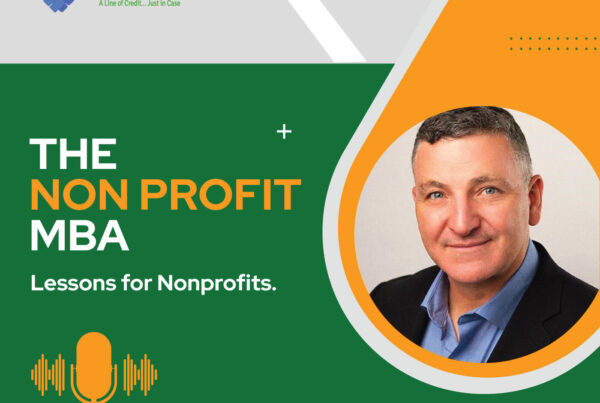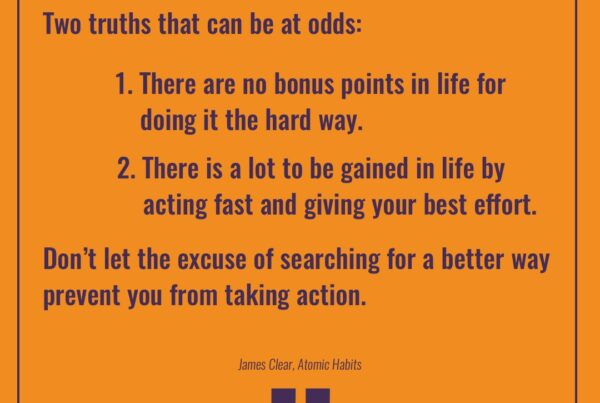Start-up nonprofits often ask me how to raise money. The panic of making budget seems to make raising money impossible without knowing someone rich and famous like Bill Gates or Warren Buffet.
 But fundraising isn’t impossible. It can be an incredibly exciting adventure. Here is a simple plan I recommend to my clients. It can get you off to a good start and keep being used for years to come. To keep it easy, I implore them to “Get R.E.A.L.”
But fundraising isn’t impossible. It can be an incredibly exciting adventure. Here is a simple plan I recommend to my clients. It can get you off to a good start and keep being used for years to come. To keep it easy, I implore them to “Get R.E.A.L.”
The basic model I use for asking is the acronym R.E.A.L.: Research, Engage, Ask, and Love.
RESEARCH: The first step of research is to find out how much money you need to raise. This may seem obvious but my experience shows that most groups never put a specific dollar amount on their need.
Once the need is determined, it’s important to research how many gifts you’ll need. If you’re attempting to raise $100,000, the knee-jerk reaction is often “We just need to find 100 people who will give us $1,000.” As nice as that seems, decades of fundraising experience show that simply isn’t how it works.
One of the most helpful tools is a gift grid. A free online version can be found at GiftRangeCalculator.com. Long-standing common wisdom shows you’ll need at least one gift equaling 10% of the total. The next two should equal 5% of the total, etc.
To reach your goal of $100,000, you’ll need at least one donor to give a minimum of $10,000. Experience shows you’ll need to have four or five prospects to achieve that gift. Work through the grid until you have names of prospects for each level.
As you’re building your prospect list, you’ll want to continue your research. Google can be an incredibly helpful tool, so can your board members and a development committee in the form of a peer review committee. You could invite these people, remind them of your cause and fundraising goals, and ask them to go over the names of prospects.
One simple method of doing this is conducting a CPI screening: rating each prospect on capacity, philanthropy, and interest.
- Does the prospect have CAPACITY— are they financially able to make a gift?
- Are they PHILANTHROPIC — are they generous with their money? You need to be a good steward of your resources, if the prospect can’t make a worthwhile gift or doesn’t have a track record of giving you would be better served seeking donations elsewhere.
- Are they INTERESTED in your cause? You can find this out by looking at other causes they’ve supported and by asking people close to your organization.
Have the people on the committee assign a score of 1-5 for each category with one being lowest and five being highest. This tool is useful because it removes individual personalities from the prospect rating process and makes it objective.

You should promptly visit anyone scoring 12 or more. But watch for those with high scores in the first two categories and some inclination to your cause. While you can’t make someone more wealthy or generous, you can have a chance at making someone more interested in your organization.
ENGAGE: I like to think of this as the dating part of the relationship. It’s important to get to know your prospects before you “pop the question.” While you’ll certainly want to share the story of your cause, take time to get to know them, listen to their story, discover their interests, hear their goals. If the prospect has C and P here’s where you work on I.
ASK: The number one reason people don’t give money to your cause is that they are not asked. Even if you skip the prior two steps, you’ll still reach some level of success by consistently executing this one.
If you’ve done the first two steps, this step will be quite fun. You’ll already have the odds in your favor. You know they are predisposed to saying yes and you’ve had time to shape the ask around their passions.
I recommend asking people for gifts spread out over a period of time: e.g. “$1000 a year for three years.” This shows you consider your cause important enough for a substantial investment and it saves you from having to ask again and again.
LOVE: I originally called this step Live/Like/Love. This is easy if the prospect says “yes” when you’ve asked. You simply need to be sure to thank them about seven times before you ask them again.
But fundraising is all about relationships. The work really starts if they’ve said “no.” The big thing is to not burn any bridges. If you made it all the way to the ask, you had good reason to believe they’d say yes. The timing simply might not have been right. If you keep in touch with them, they just may give in the future. People will remember you if you’re exceptional at handling a “no.” And refusing a
This may sound simple, and it should. But it takes a lot of work to get it done. I hope you see how this simple process can be morphed to fit approaching individuals and foundations. If you’re asking foundations, be sure to follow their specific format for asking. Those guidelines are usually available on their websites.
Remember, every year more than $200 billion is given to nonprofits in the USA alone. Your nonprofit could definitely get a piece of those philanthropic dollars. But you need a realistic goal, a compelling story, and a disciplined approach to fundraising.
Congratulations you’re embarking on a wonderful adventure! I’m convinced asking people for money is one of the best vocations in the world!
About Marc A. Pitman
Marc is a the founder of FundraisingCoach.com and the best-selling author of Ask Without Fear! An energetic presenter and trainer, Marc’s commitment to providing down-to-earth information for nonprofits has attracted the attention of CBS, Fox News, and the Associated Press. He’s also a regular commentator at 501 Mission Place. If you pass him while he’s driving, he’ll probably be singing 80s tunes loud enough to embarrass his family.







Great framework Marc. And easy to remember.
Bring on the love… too many of us forget it.
Thanks Gayle! 🙂